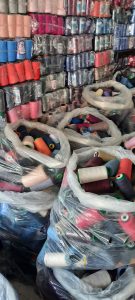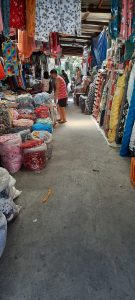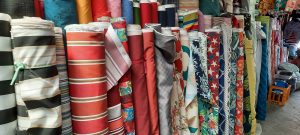
Taytay, Rizal: The Garments Capital of the Philippines
Take a look at how the locals of Taytay thrived by banking their livelihood on their unique skill of making and handling garments!
The town of Taytay has long been known as the “Garments Capital” of the Philippines. But do you know how this thriving industry fueled a whole city’s economy?
And while the pandemic continues through another Christmas season, how is this industry holding up?
Taytay’s Origin
To understand why this town chose garments as their livelihood, we first have to get to know their people.
They say Taytay natives have always been good at crafts. Whether it was woodworks or sewing. And that their craftsmanship can be traced back to ancient times.
In those times, only men were allowed to work. Leaving the townswomen with no choice but to manage the household tasks. Soon enough, the women of Taytay learned sewing clothes as a necessary skill.
With their newfound skill, came the opportunity to earn their own money. But more than that, they could now also provide for their families. The women set up on the ground floor of their houses, using their own silong as a roof for their makeshift shops. There, they would produce and sell their homemade dresses.
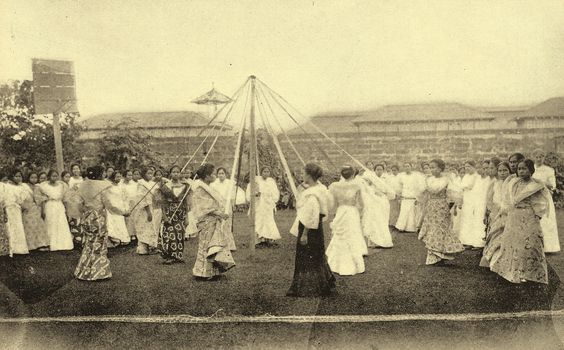
Later, wealthier families got a hold of this thriving business. They saw the value of investing in these small shops.
They lent the women more fabrics and sewing machines to increase their production. And pretty soon, they started distributing these handmade dresses to places like Divisoria, Baclaran, and Pasig.
This went on for a time until the local garment vendors were finally given their own official Tiangge marketplace in 2008.
Thus, the Taytay tiangge that we know today, was born.
Taytay’s Bread and Butter
Due to the tiangge’s institutionalization, many informal businesses were enticed to join the mainstream formal economy. As a result, Taytay Municipal Tiangge quickly became a haven for people who love affordable clothes. The town has since been dubbed as the Philippines’ “Garments Capital.”
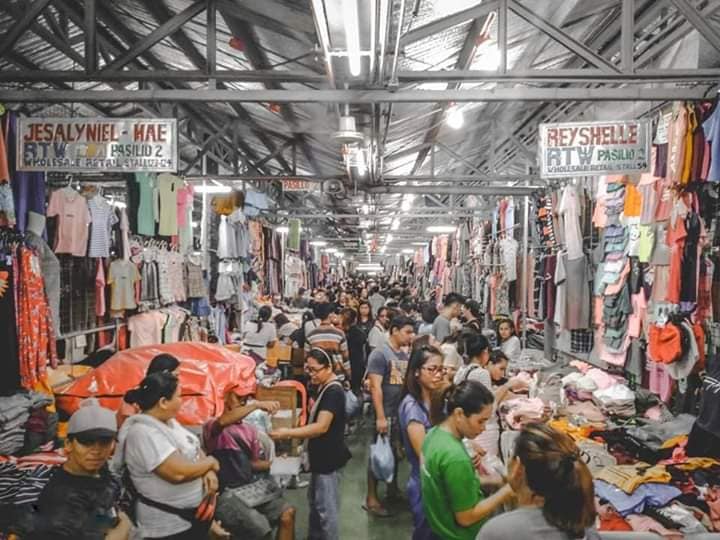
This emergence of industry started boosting the Municipality’s count of small business registrants. And not only did the tiangge provide a substantial livelihood for their people, but it also gave Taytay its spot as a tourist destination in the Philippines!
Rising from the Pandemic
But what happens when a town’s bread and butter is taken away from them?
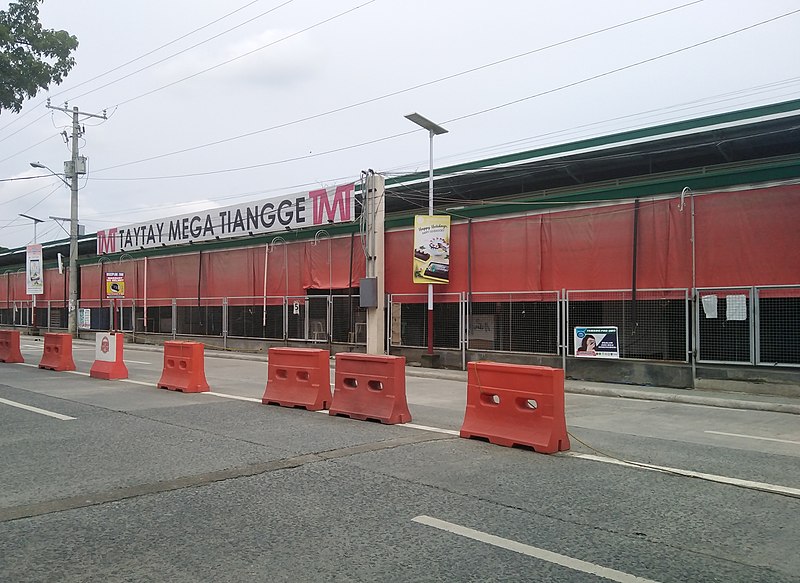
Being forced to close due to an unforeseen lockdown, stall owners and workers had to take matters into their own hands. Being the crafty people that they are, they learned how to adapt with the tough times. Some took to selling their products online to a wider market. Some started selling more useful and sustainable products like cloth masks made from retaso.
The government even tapped local manufacturers to sell personal protective equipment. The trade department had sent them samples from the US Centers for Disease Control and Prevention to copy and mass-produce the PPEs.
RELATED – Marikina: Trailblazing Smart and Safe Cities
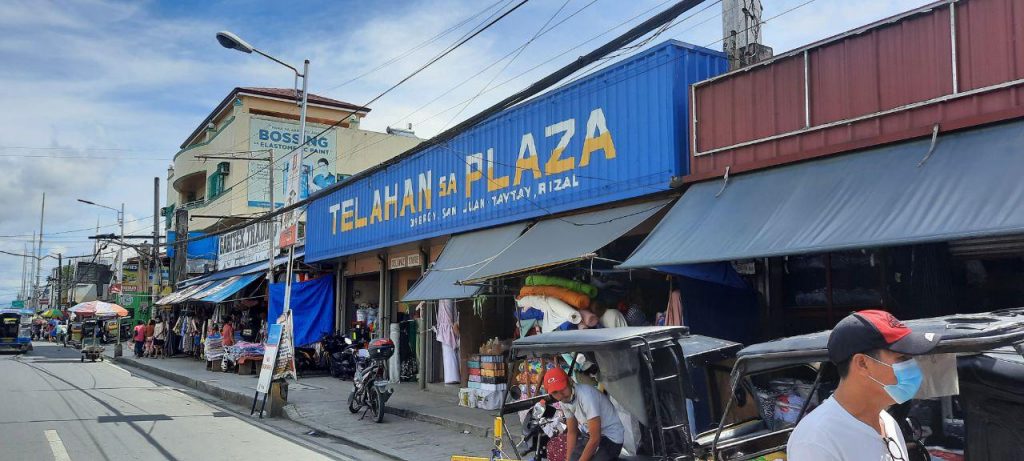
Now that things are looking up again, the Taytay Municipal Tiangge is in full swing and business is getting back to normal. Stores are now open longer to welcome this year’s Christmas rush. But if you’re planning to visit and hate crowds, you might want to check the stalls’ schedules first.
Pro-tip: The best times to shop are on Mondays and Thursdays because this is when new stocks and designs arrive…what they call bagsakan!
Most of all, please don’t forget to practice safety—for a mindful holiday shopping at Taytay!

